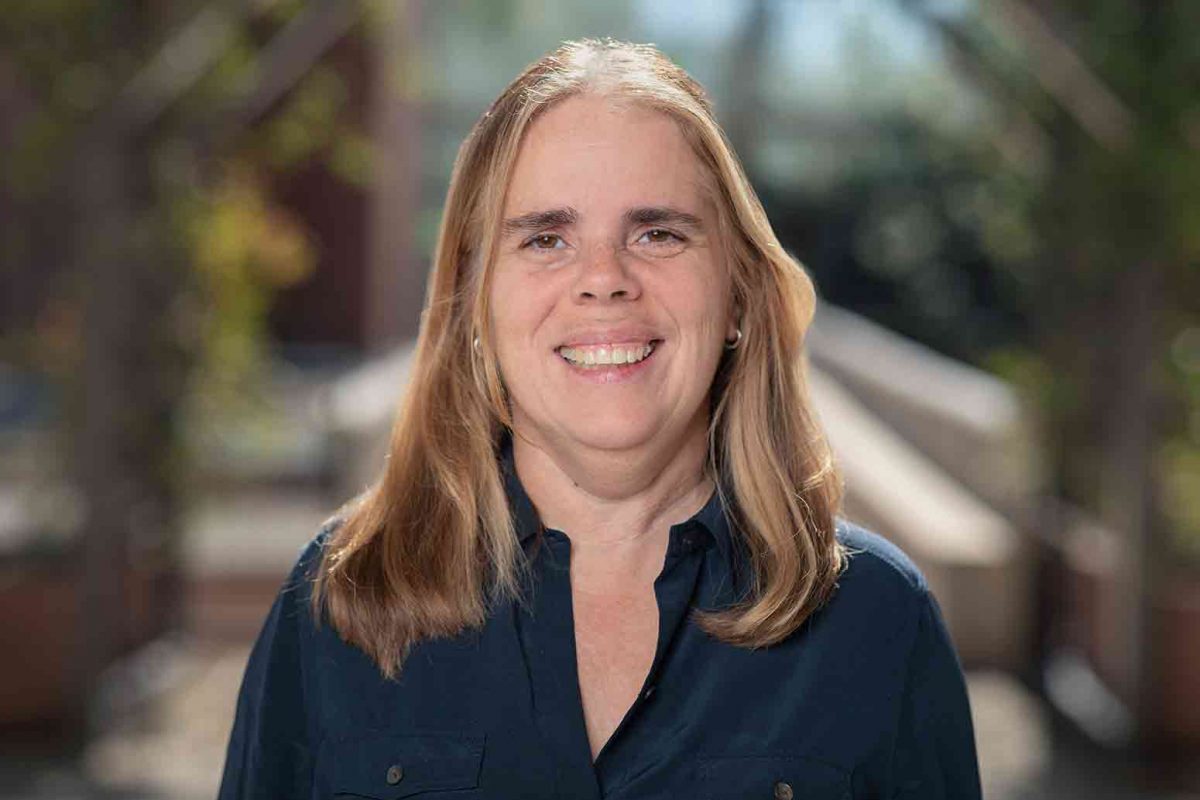
In physics, students learn about electrons, neutrons and protons. Then they dig a little deeper and learn about quarks and finally, they get to the mysterious subatomic particle known as the neutrino or ghost particle.
These fascinating particles have no charge, very little mass and have been stumping physicists who are eager to understand how this fundamental building block of the universe operates.
Now, rival groups - one conducting experiments in the U.S. and the other in Japan - have joined forces to offer the first major joint analysis in Nature, which provides some of the most precise neutrino-oscillation measurements in the field.
"This was an incredible collaboration with hundreds of scientists with different, but complementary approaches trying to tackle this question of how neutrinos operate," said Mayly Sanchez, the Wyatt-Green Chair of Physics at Florida State University, who served as one of four liaisons to help coordinate the work between the two groups. "It's been very rewarding work. I hope this serves as a seed for stronger international collaboration and sparks a new wave of discoveries about these mysterious particles."
The analysis didn't definitively solve the fundamental mysteries about how these ghost particles work, but they add to physicists' knowledge and offer possible pathways forward to understanding the mass composition of neutrinos and the origin of the matter-antimatter asymmetry of the universe.
As a major question mark in the world of science, neutrinos naturally attract attention from the worldwide scientific community.
The new analysis combined 10 years of data from the T2K (Tokai to Kamioka) collaboration, headquartered in Japan, as well as six years of data from NOvA, the NuMI Off-axis νe Appearance experiment. The joint operation represents the work of 810 scientists and engineers from 124 institutions and 23 countries.
In the T2K experiment, scientists shoot a neutrino beam 295 kilometers from in Japan. In the NOvA experiment, a neutrino beam travels from the U.S. Department of Energy's Fermi National Accelerator Laboratory near Chicago to a 14,000-ton liquid-scintillator detector in Ash River, Minnesota.
At both locations, scientists and engineers measure the types — or flavors — of neutrinos that are initially shot out at the source of the experiment and then measure what flavors arrive at the detectors.
Scientists were particularly interested in learning more about something called neutrino oscillation. Through this phenomenon, neutrinos change types, referred to as flavors, as they travel long distances. By comparing how neutrinos and antineutrinos oscillate, scientists hope to learn whether they obey the same laws or show subtle differences. Such differences could hold the key to understanding why matter prevailed over antimatter after the Big Bang.
There are three different types or flavors of neutrinos - electron, muon and tau. There are also three different mass states. But confusingly, the types of mass states do not map to the three different types of neutrinos. Rather, each flavor is made of a mix of the three mass states.
The analysis showed there are two possible ways that the masses could be arranged- one that is considered normal and one that is considered inverted. Under normal ordering, two of the mass states are relatively light and one is heavy, while the inverted ordering has two heavier mass states and one light.
The combined analysis from the two collaborations does not favor either mass ordering, nor does it show a clear difference between how neutrinos and antineutrinos behave - a potential sign that the universe is made mostly of matter.
Sanchez said that physicists from NOvA and T2K are already preparing for new experiments so they can collect additional data that will hopefully shed more light on these puzzling particles.
"Neutrinos work in mysterious ways, and the results of our experiments don't quite align," Sanchez said. "The result of this paper is there are these two possible universes - inverted or normal - and I'm looking forward to the next generation of experiments to see which one we are living in. Equally exciting is the possibility that neutrinos and antineutrinos may not behave in exactly the same way, which could help us understand why the universe today is made of matter rather than equal parts matter and antimatter."






